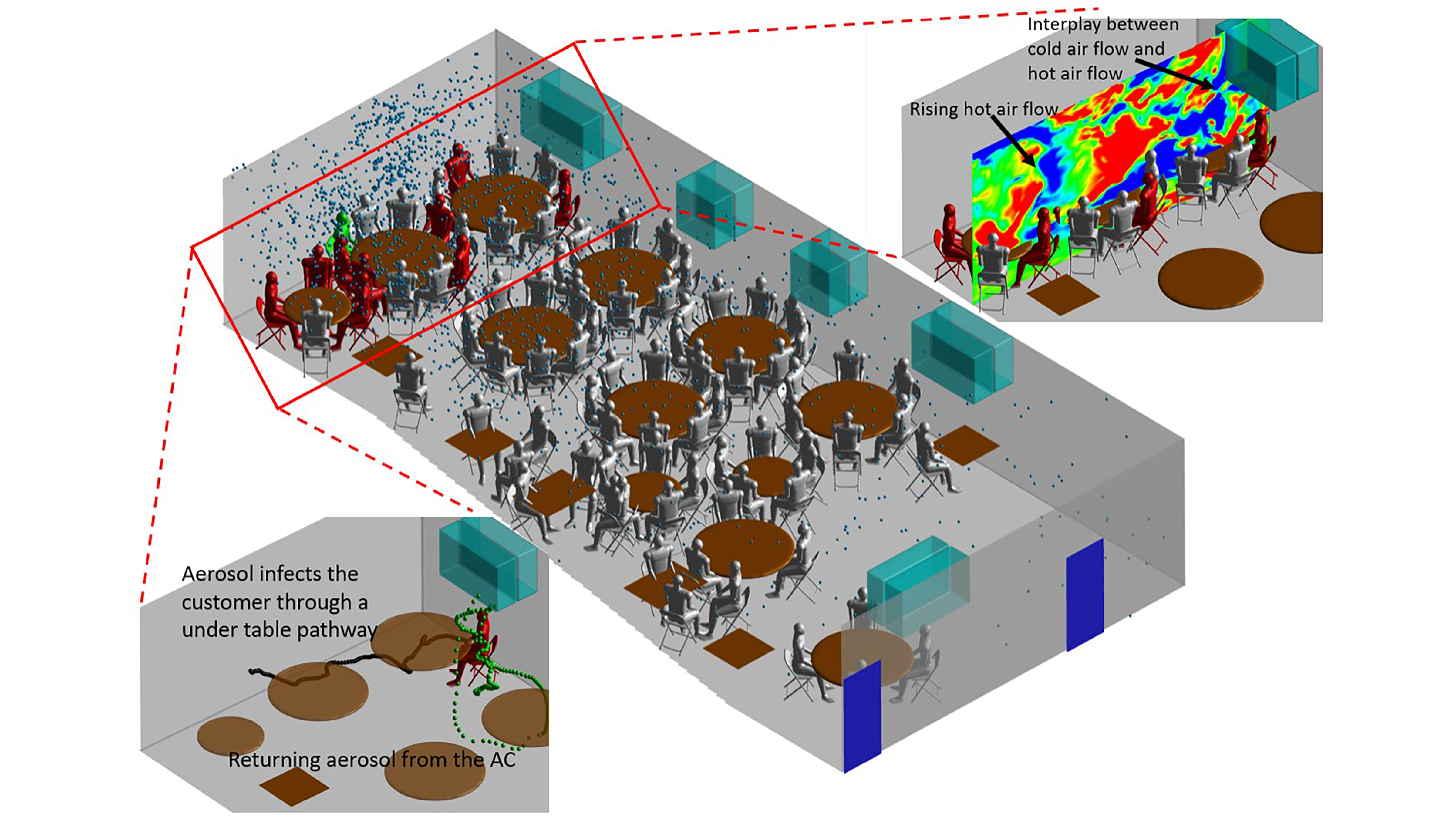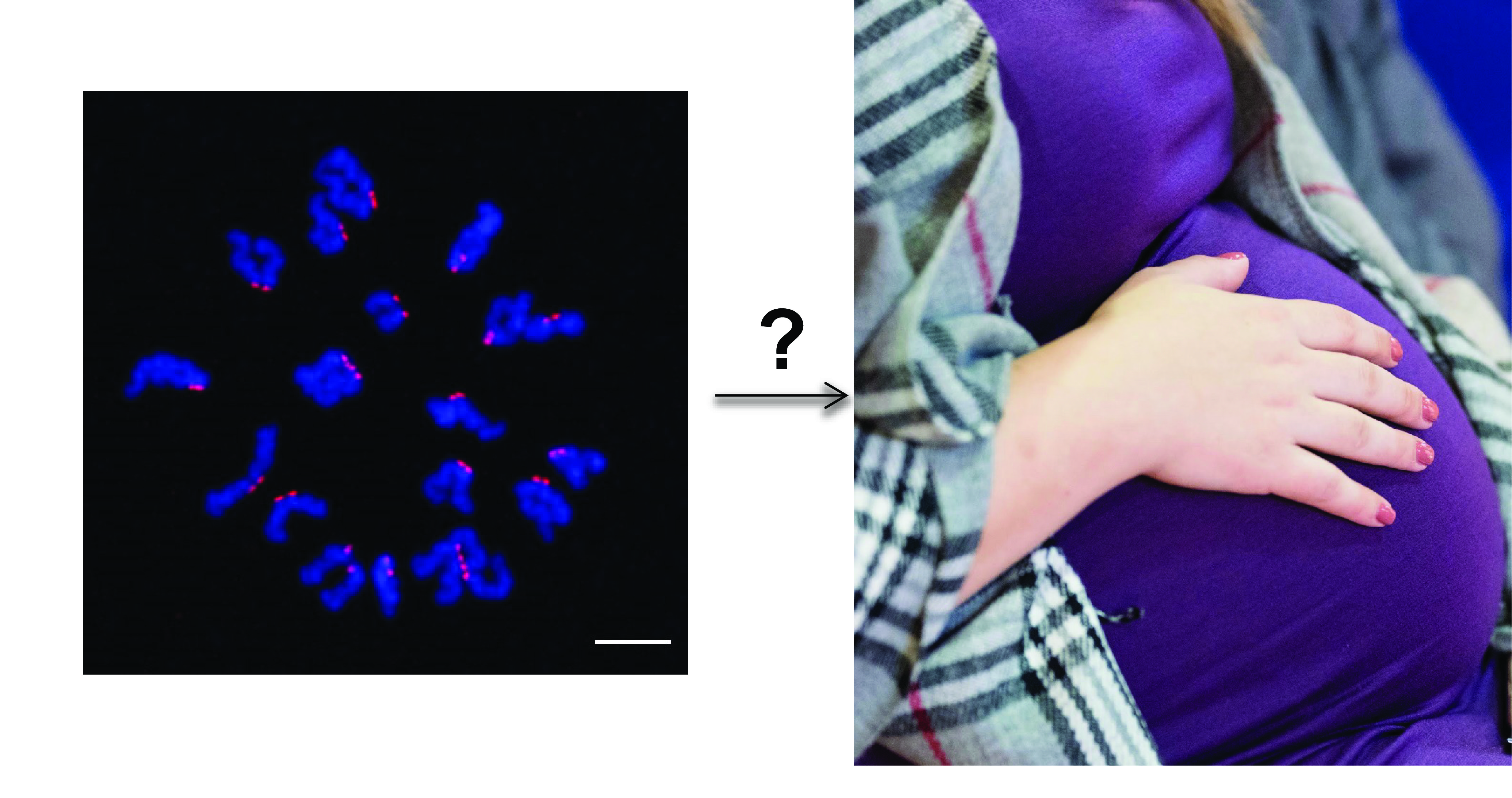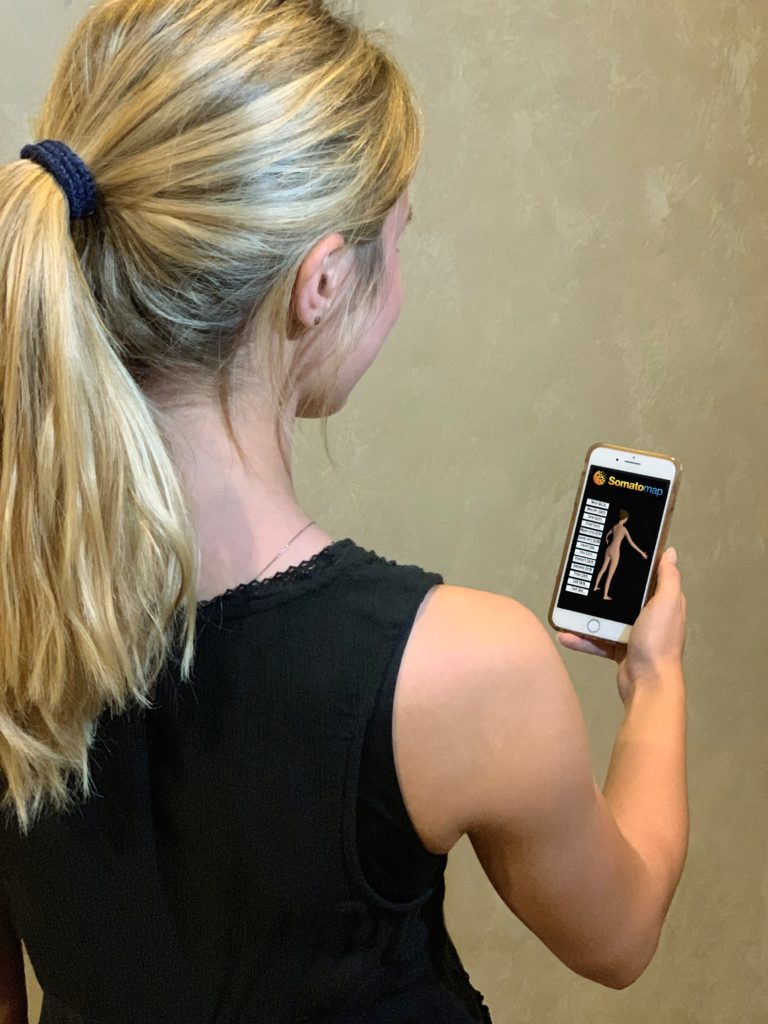JMIR Publications recently published “Blood Pressure Monitoring as a Digital Health Tool for Improving Diabetes Clinical Outcomes: Retrospective Real-world Study” in the Journal of Medical Internet Research (JMIR), which reported that there is a lack of understanding of the association between blood glucose (BG) and blood pressure (BP) levels when using digital health tools.
Tag: Model
“Model Kitchen” for Thai Monks to Stay Away from Illness
The Faculty of Allied Health Sciences, Chulalongkorn University, in collaboration with Maha Chulalongkorn Rajavidyalaya University propose the way to create a “model kitchen” and a variety of media to educate the public about nutrition and food safety of the offerings to monks and advise the public to make merit by building a hygienic kitchen for monks for their good health.
Novel Model Predicts COVID-19 Outbreak Two Weeks Ahead of Time
People’s social behavior, reflected in their mobility data, is providing scientists with a way to forecast the spread of COVID-19 nationwide at the county level. Researchers have developed the first data-driven deep learning model with the potential to predict an outbreak in COVID-19 cases two weeks in advance. Feeding the mobility data to epidemiological forecasting models helps to estimate COVID-19 growth as well as evaluating the effects of government policies such as mandating masks on the spread of COVID-19.
CU VET’s “3D Dog Eye Anatomy Model for Self Learning” Wins a Gold Medal at IWA 2020, Morocco
The 3D Dog Eye Anatomy Model for Self–learning, an innovation by the Faculty of Veterinary Science, Chulalongkorn University (CU VET) recently received the Gold Award at the International Innovation Week Africa (IWA) 2020 in Rabat, Morocco.
Will COVID-19 Eventually Become Just a Seasonal Nuisance?
Within the next decade, the novel coronavirus responsible for COVID-19 could become little more than a nuisance, causing no more than common cold-like coughs and sniffles. That possible future is predicted by mathematical models that incorporate lessons learned from the current pandemic on how our body’s immunity changes over time. Scientists at the University of Utah carried out the research, now published in the journal Viruses.

Advanced Simulations Reveal How Air Conditioning Spreads COVID-19 Aerosols
A restaurant outbreak in China was widely reported as strong evidence of airflow-induced transmission of COVID-19, but it lacked a detailed investigation about exactly how transmission occurred. In Physics of Fluids, researchers at the University of Minnesota report using advanced simulation methods to capture the complex flows that occur when the cold airflow from air conditioners interacts with the hot plume from a dining table and the transport of virus-loading particles within such flows.

Ocean Algae Get “Coup de Grace” from Viruses
Scientists have long believed that ocean viruses always quickly kill algae, but Rutgers-led research shows they live in harmony with algae and viruses provide a “coup de grace” only when blooms of algae are already stressed and dying. The study, published in the journal Nature Communications, will likely change how scientists view viral infections of algae, also known as phytoplankton – especially the impact of viruses on ecosystem processes like algal bloom formation (and decline) and the cycling of carbon and other chemicals on Earth.

A New Way to Accurately Estimate COVID-19 Death Toll
A Rutgers engineer has created a mathematical model that accurately estimates the death toll linked to the COVID-19 pandemic in the United States and could be used around the world. The model, detailed in a study published in the journal Mathematics, predicted the death toll would eventually reach about 68,120 in the United States as a result of the SARS-CoV-2 coronavirus that causes COVID-19. That’s based on data available on April 28, and there was high confidence (99 percent) the expected death toll would be between 66,055 and 70,304.

Why Do So Many Pregnancies and In Vitro Fertilization Attempts Fail?
Scientists have created a mathematical model that can help explain why so many pregnancies and in vitro fertilization attempts fail. The Rutgers-led study, which may help to improve fertility, is published in the journal Proceedings of the National Academy of Sciences.

Whether a fashion model or not, some body image concerns are universal
When researchers from UCLA and the Laureate Institute for Brain Research in Tulsa, Oklahoma, wanted to test an app they created to measure body image perception, they went to the body image experts — fashion models.